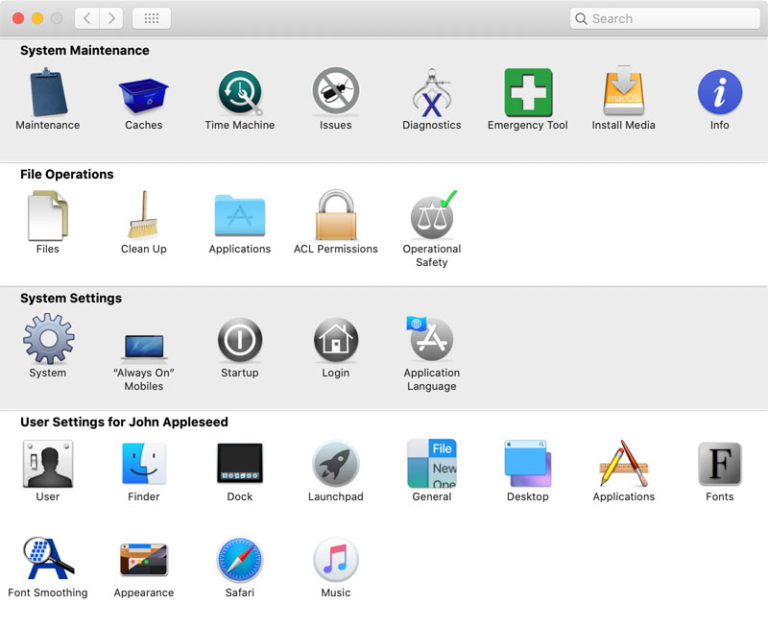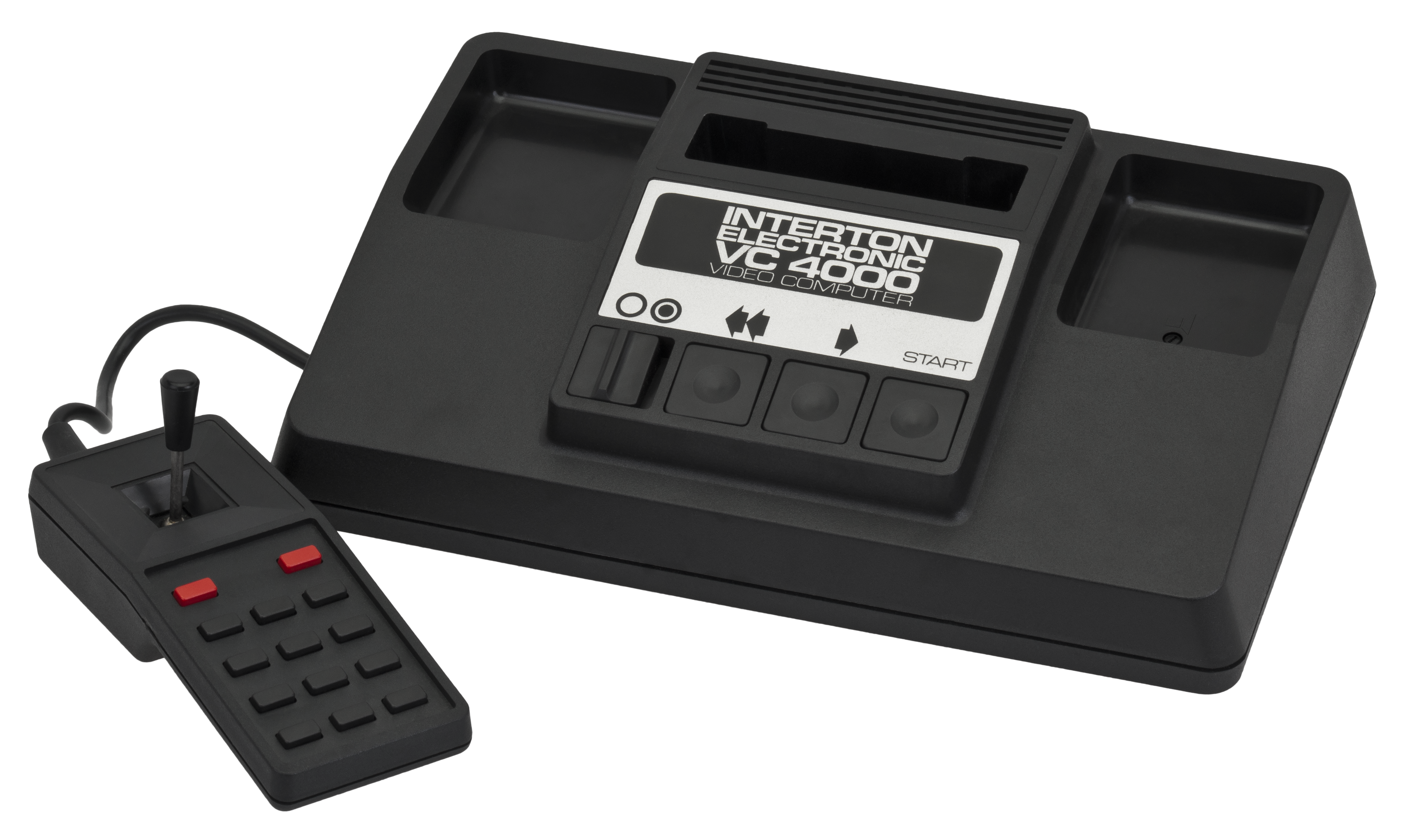

In some situations, this performance penalty can become tedious, e.g. Operations with low priority are throttled which means they are artificially slowed down, by letting them pause for certain small time intervals. Work carried out for invisible background applications (like Time Machine, for example) has lower priority than operations performed for interactive applications (like a text-processing program). The kernel of the operating system uses priorities to organize its Input/Output Jobs, mainly disk and network operations that must be executed as service for the applications currently running.

Drag the slider Put hard disks to sleep when not in use after… to the desired value.Open the tab item Drives on the pane System.To change the sleep timer of all disk drives, perform the following steps: Time intervals between 1 minute and 2 hours 59 minutes can be selected. With TinkerTool System, you can control the sleep timers of hard disks more precisely, by specifying the exact value for the timer. Enabling this option corresponds to setting the sleep timer of disk drives to a value of 10 minutes of inactivity.

It can be controlled by the option Energy Saver > Put hard disks to sleep when possible in the System Preferences application. macOS supports a simple yes/no setting to manage this sleep feature of hard drives. Nearly all hard drives contain a built-in sleep timer which is designed to power down the spindle motor, saving energy when the drive has not been in use for some specified time. System Settings The Pane System Drives Hard Disk Sleep Timer


 0 kommentar(er)
0 kommentar(er)
